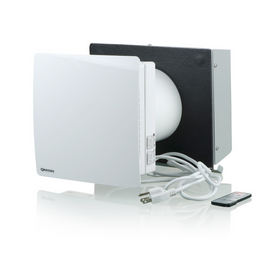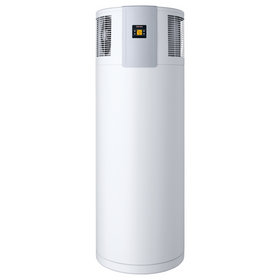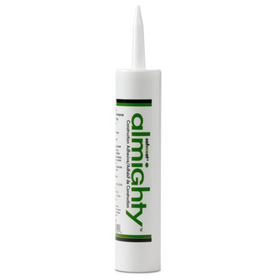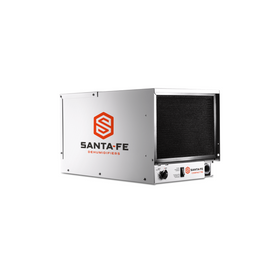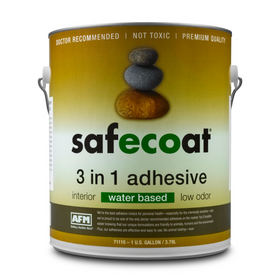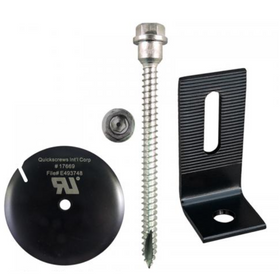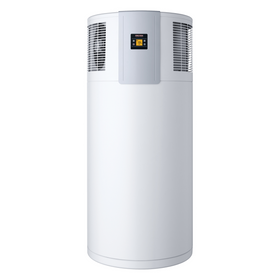Energy Efficiency Savings to Offset Higher Mortgages
Perhaps most disappointing is that banks and mortgage lenders do not account for the savings with energy-efficient homes. Costs that can substantially offset the higher monthly mortgage payment that comes with a more expensive home. The US Department of Energy estimates that the average homeowner in the United States spends $2,060 on energy bills each year. A high-performance energy-efficient home could reduce energy bills by up to 90 percent, for a yearly savings of around $1,850. To achieve such economies, a homeowner would have to include numerous sustainable building elements. These elements could include things like:
The Residential Renewable Tax credit will further increase your savings. It allows for a 26 percent tax credit for solar systems on residential and commercial properties until 2022. This will then decrease to a 22% credit for systems installed in 2023. And, other strategies like low-flow water fixtures throughout the home would reduce your monthly water bill.
Costing Example
Let's assume that these sustainable upgrades will increase the home construction cost by twenty percent. This estimate is relatively high - we usually see just 5 to 8 percent increases with well-planned jobs.
So, these upgrades could increase your mortgage from, say, $250,000 to $300,000. Take a 30-year mortgage with a 5 percent interest rate and a 15 percent down payment. In this case, the monthly payment would increase by $240 a month, or $2,880 each year.
This example demonstrates that the monthly cost savings on your utility bills could offset much of the additional home construction cost.








